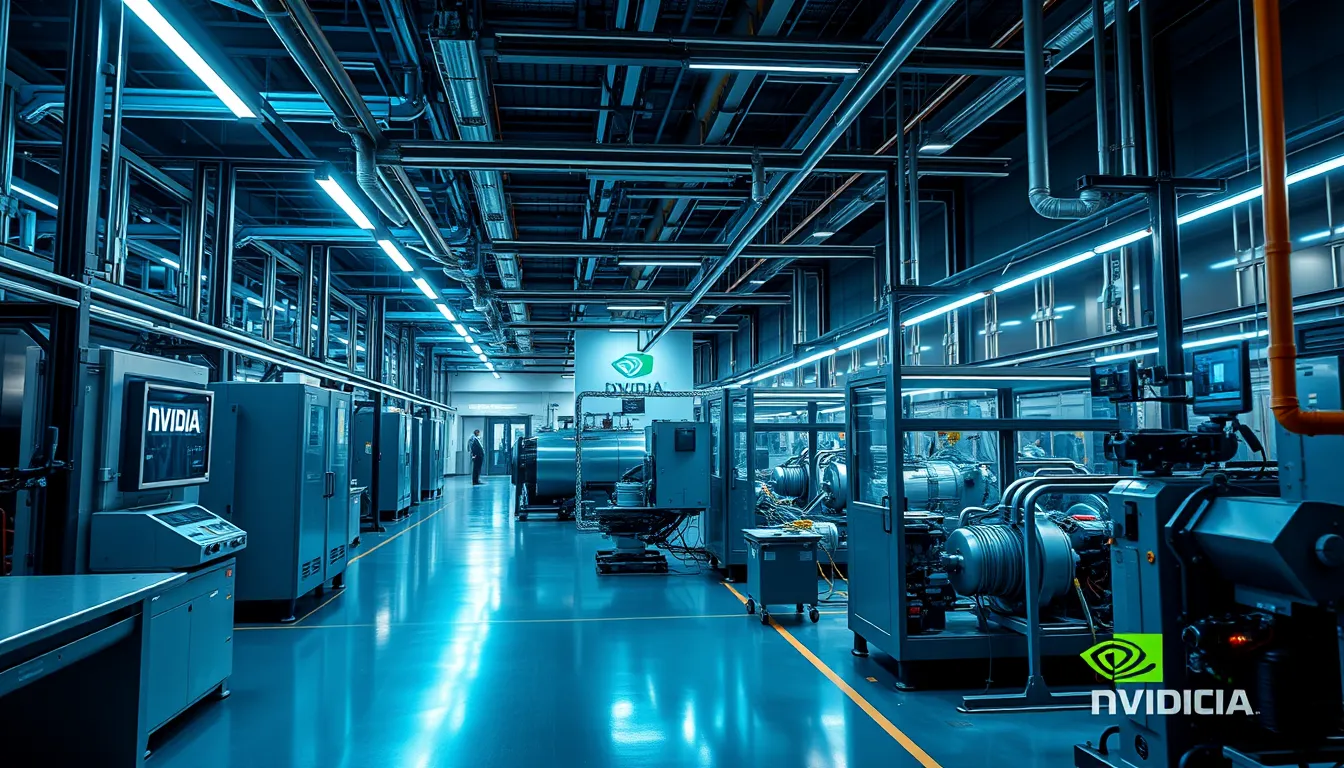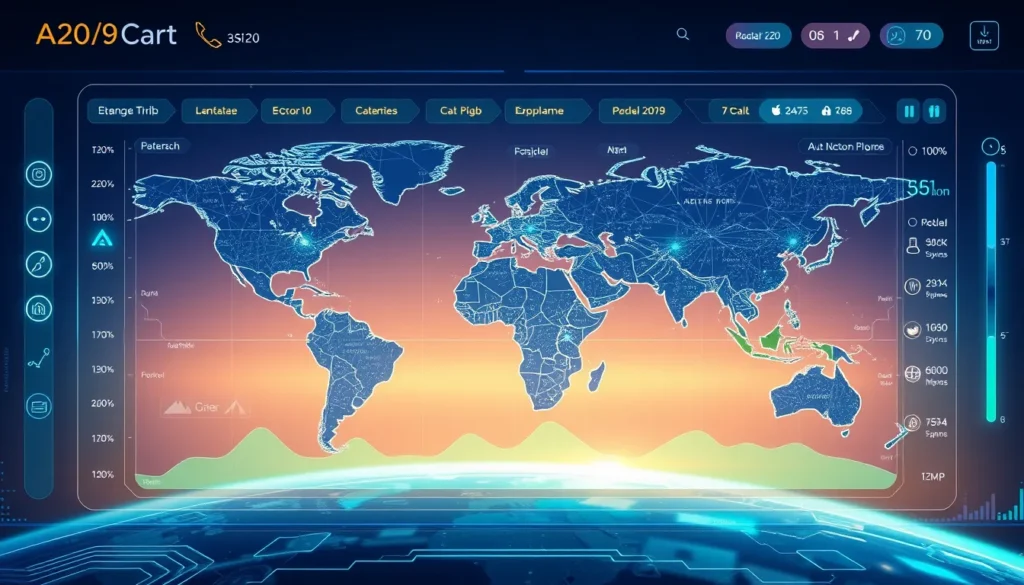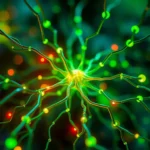Now Reading: AI in Healthcare Diagnostics: Transforming Patient Care
-
01
AI in Healthcare Diagnostics: Transforming Patient Care
AI in Healthcare Diagnostics: Transforming Patient Care

AI in Healthcare Diagnostics: Transforming Patient Care
In recent years, technology has dramatically reshaped the healthcare landscape. One of the most groundbreaking developments is AI in healthcare diagnostics. This innovative field has paved the way for improved diagnostic accuracy, efficient patient care, and groundbreaking advancements in medical imaging. In this article, we explore the benefits, challenges, and future trends of AI in healthcare diagnostics.
Introduction to AI in Healthcare Diagnostics
Artificial Intelligence (AI) is revolutionizing the medical field by providing smarter, faster, and more efficient tools for diagnosis. Using complex algorithms and vast datasets, AI systems are able to analyze medical data in a fraction of the time it takes traditional methods. The accurate analysis enabled by AI in healthcare diagnostics leads to earlier interventions and more personalized treatment plans for patients.
How AI in Healthcare Diagnostics Improves Patient Outcomes
AI in healthcare diagnostics is not just a technological upgrade—it is a transformation in patient care. Here are some key factors contributing to these improvements:
- Enhanced Precision: AI algorithms help in detecting subtle patterns in imaging scans that might be missed by the human eye. This results in more accurate diagnoses and timely treatments.
- Faster Processing: Traditional diagnostic methods can be time-consuming. With AI, healthcare professionals can process large volumes of data rapidly, reducing waiting times.
- Cost Effectiveness: By automating routine tasks and reducing diagnostic errors, AI helps cut healthcare costs, making quality care more accessible.
These benefits demonstrate the significant role that AI in healthcare diagnostics plays in improving clinical outcomes and patient satisfaction. For further reading on how technology is reshaping clinical procedures, visit the official page of OpenAI.
Applications in Medical Imaging and Diagnostics
One of the major applications of AI in healthcare diagnostics is in medical imaging. AI-driven tools are increasingly being adopted in radiology and other imaging fields as they excel in processing complex visual data. Some noteworthy applications include:
Advanced Medical Imaging Techniques
Medical imaging powered by AI can help identify anomalies in X-rays, MRIs, and CT scans with high precision. For instance, AI systems are now capable of pinpointing early signs of lung cancer or detecting minute fractures that conventional methods may overlook. Additionally, digital imaging enhancements allow more accurate 3D reconstructions, enabling healthcare professionals to plan better surgical interventions.
AI in Disease Prediction and Early Diagnosis
The integration of AI in disease prediction is another significant stride. By analyzing patient history and genetic data, AI in healthcare diagnostics can predict disease onset before severe symptoms appear. This proactive approach not only enhances patient care but also reduces the strain on healthcare resources. A recent study highlighted that AI algorithms have improved diagnostic accuracy by up to 20% compared to traditional methods.
Future Trends and Challenges
While the advantages of AI in healthcare diagnostics are immense, several challenges must be addressed to fully harness its potential. The following points highlight both future trends and obstacles:
- Data Privacy and Security: With vast amounts of patient data being processed, ensuring robust security measures is paramount. Healthcare providers must comply with strict regulations to safeguard sensitive information.
- Integration with Traditional Systems: Adopting AI solutions requires seamless integration with existing healthcare systems. This can be a complex and resource-intensive process.
- Continuous Improvement: As with any evolving technology, AI systems require ongoing updates and training to remain effective and accurate. Collaborative efforts between tech companies and healthcare institutions are vital to drive continuous innovation.
Experts predict that overcoming these challenges will lead to an era where AI in healthcare diagnostics becomes a standard practice worldwide. Institutions like Mayo Clinic are investing in research and implementation strategies that merge AI with traditional diagnostics to create unified, efficient systems.
Conclusion
In summary, AI in healthcare diagnostics is transforming the way we approach medical care. Its ability to enhance precision, speed up diagnosis, and predict potential health issues offers significant benefits for patients and healthcare providers alike. As technological advancements continue to evolve, the integration of AI into healthcare systems will likely become more profound, setting new benchmarks in the industry.
With the promising future of AI in healthcare diagnostics, it is essential for medical professionals, researchers, and policymakers to collaborate and address the inherent challenges. This collaboration will not only foster innovation but also ensure that these advanced tools are used ethically and effectively, ultimately leading to better healthcare outcomes for all.
By embracing the transformative potential of AI in healthcare diagnostics, the medical community is paving the way for a future where diagnostic accuracy and patient care reach unprecedented levels. As we continue to innovate and refine these technologies, the benefits will resonate across the entire healthcare spectrum, ensuring that every patient receives the most advanced and effective care possible.

























